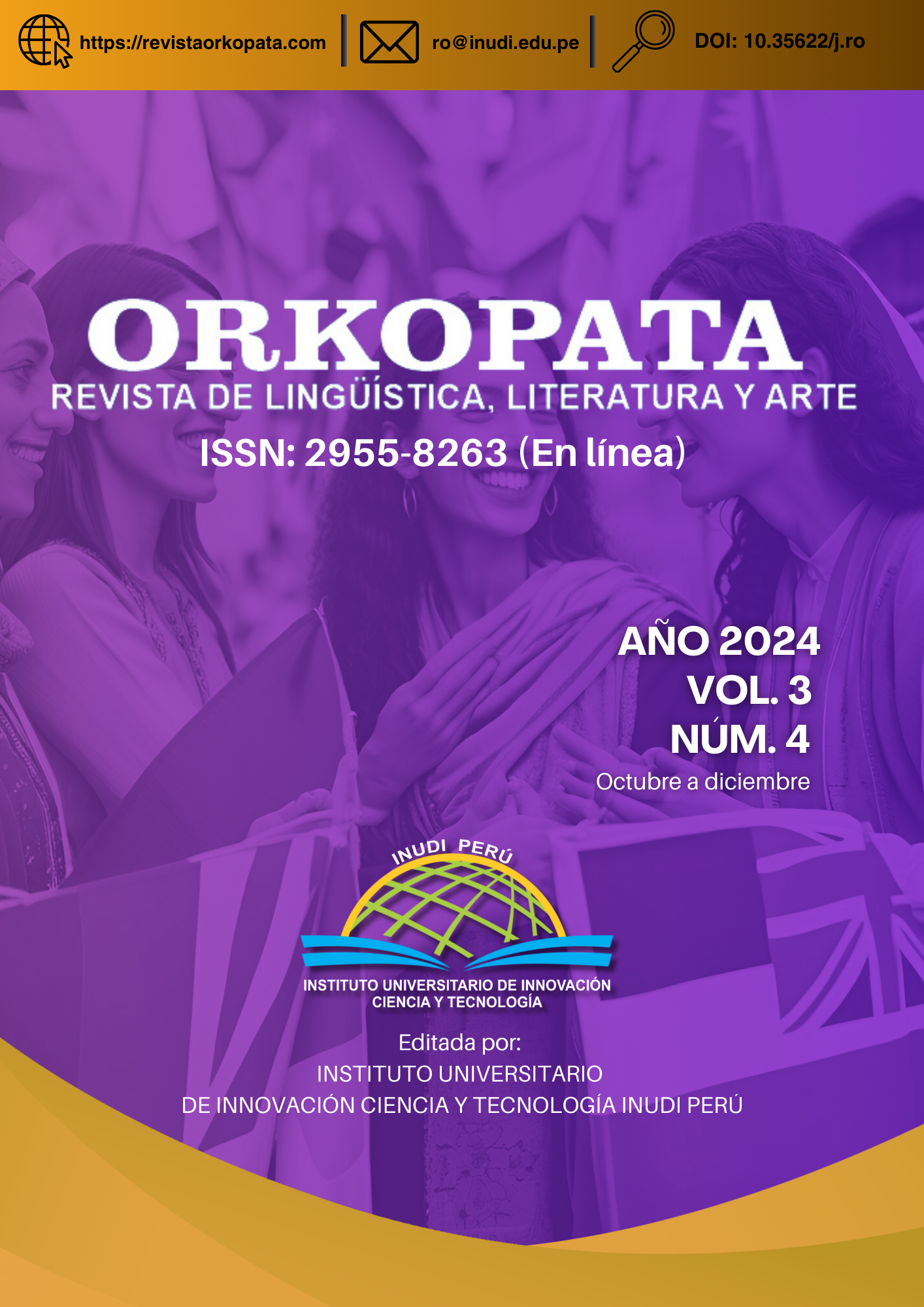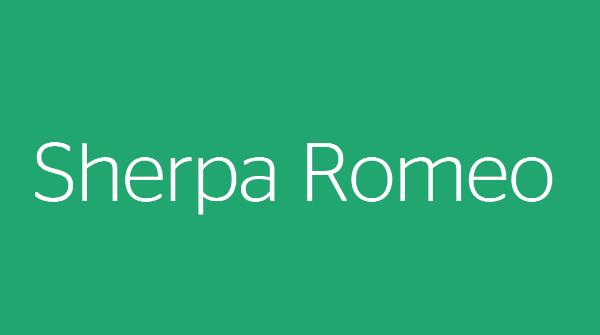Inferences in memes and digital news about politics: a multimodal comprehension test among costa rican university students
DOI:
https://doi.org/10.35622/j.ro.2024.04.002Keywords:
comprehension, digital literacy, inferences, multimodalityAbstract
When we encounter a political event, heated discussions are often generated on social media, which are complemented by memes and digital news. This highlights the need to explore how these texts are understood. The aim of this research is to describe the inferences made by students of Business Administration at the National University after exposure to these texts, using a test designed to assess inferences. A qualitative approach was applied, with an initial pilot, expert reviews, and the evaluation of 40 first- and fourth-year students through six stimuli (three memes and three digital news articles). The results revealed that memes generated more expected inferences (91.67% recognition of referents) compared to news articles (63.33%), as well as a higher identification of logical-semantic relationships in memes (82.5%) compared to news articles (30%). It was found that the focus on building optional inferences related to news was mainly verbal (94.7%), while in memes, most of the focus was on integration (59.10%), followed by the graphic mode (22.72%). Finally, the most common intentions were those specific to each genre. The paper concludes with recommendations for future research on multimodal texts.
References
Bateman, J. (2008). Multimodalidad y Género. Una base para el análisis sistemático de documentos multimodales. Palgrave Macmillan.
Califano, B. (2015). Los medios de comunicación, las noticias y su influencia sobre el sistema político. Revista Mexicana de Opinión Pública, (19), 61–78. https://doi.org/10.1016/j.rmop.2015.02.001 DOI: https://doi.org/10.1016/j.rmop.2015.02.001
Chavarría, W., Vergara, V., Cambronero, A. (En prensa). Memes y noticias digitales sobre política: análisis multimodal. Letras.
Cisneros, M., Olave, G., Rojas, I. (2010). La inferencia en la comprensión lectora: De la teoría a la práctica en la Educación Superior. Universidad Tecnológica de Pereira.
Daly, A., Unsworth, L. (2011). Analysis and comprehension of multimodal texts. Australian Journal of Language and Literacy, 34(1), 61–80. http://dx.doi.org/10.1007/BF03651846 DOI: https://doi.org/10.1007/BF03651846
Gómez, I. (2019). El meme como recurso multimodal en el proceso educativo. En N. Rey y M. Marmolejo (coords.). Viralizar la Educación. Red de experiencias didácticas en torno al Meme de Internet. Editorial Pontificia Universidad Católica de Ecuador sede Esmeraldas.
Kaakinen, J. K., Hyönä, J. (2010). Task effects on eye movements during reading. Journal of Experimental Psychology: Learning, Memory, and Cognition, 36(6), 1561-1566. https://doi.org/10.1037/a0020693 DOI: https://doi.org/10.1037/a0020693
Kress, G., Van Leeuwen, T. (2001). Multimodal Discourse. The modes and media of contemporary communication. Hodder Education
Laene, D. (2018). O implícito como argumentação nos memes. Signo y Seña, 34, 79-92. https://doi.org/10.34096/sys.n34.5511 DOI: https://doi.org/10.34096/sys.n34.5511
Mayer, R. (2005). Cognitive theory of multimedia learning. En R. Mayer (Ed.). The Cambridge Handbook of Multimedia Learning (pp. 31-48). Cambridge University Press. DOI: https://doi.org/10.1017/CBO9780511816819.004
Meso-Ayerdi, K., Mendiguren-Galdospín, T., Pérez-Dasilva, J. (2017). Memes políticos difundidos por usuarios de Twitter. Análisis de la jornada electoral del 26J de 2016. El profesional de la información, 26(4), 672-683. https://doi.org/10.3145/epi.2017.jul.11 DOI: https://doi.org/10.3145/epi.2017.jul.11
Oliva, C. (2014). El periodismo digital y sus retos en la sociedad global y del conocimiento. Aposta. Revista de Ciencias Sociales. (61), 1-30. https://www.redalyc.org/articulo.oa?id=495950257004
Parodi, G. (2005). Discurso especializado y lingüística de corpus: hacia el desarrollo de una competencia psicolingüística. Boletín de Lingüística, 23, 61-88. https://www.redalyc.org/articulo.oa?id=34702304
Parodi, G. (2011). La Teoría de la Comunicabilidad: notas para una concepción integral de la comprensión de textos escritos. Revista Signos, 44(76), 145-167. DOI: https://doi.org/10.4067/S0718-09342011000200004
Parodi, G. (2014). Comprensión de textos escritos. Eudeba.
Parodi, G., Julio, C. (2017): No solo existen palabras en los textos escritos: algunas teorías y modelos de comprensión de textos multimodales o multisemióticos, Investigaciones sobre Lectura, (8), 27-48.
Parodi, G., Moreno, T., Julio, C. (2020a). Comprensión de textos escritos: reconceptualizaciones en torno a las demandas del siglo XXI. Íkala, Revista de Lenguaje y Cultura, 25(3), 775-795. DOI: https://doi.org/10.17533/udea.ikala.v25n03a10
Parodi, G., Moreno-de-León, T., Julio, C., Burdiles, G. (2020b). Comprensión de múltiples textos multimodales y objetivos de lectura: Un estudio con profesionales de economía. En G. Parodi, & C. Julio (Eds.). (2020). Comprensión y discurso: Del movimiento ocular al procesamiento cognitivo. Ediciones Universitarias de Valparaíso. http://bit.ly/3Ul2IPE DOI: https://doi.org/10.2307/j.ctv1kr4mt1.17
Ramírez, D., Siles, I. (2020). Prácticas y dinámicas de creación de memes en Costa Rica. Virtualis, 11(21), 68-88.
Rost, A. (2009). Desde los hechos hasta la noticia. Revista de la Facultad, (15), 237-265.
Rowan (2015).VI. Memes. Inteligencia idiota, política rara y folclore digital. Capitán Swing Libros
Sadosky, M., Paivio, A. (2013). Imagery and Text. A dual coding theory of reading and writing. Routledge. DOI: https://doi.org/10.4324/9781410605276
Siles, I. (2020). Democracia en digital: Facebook, comunicación y política en Costa Rica. Espacio Universitario de Estudios Avanzados
Sülflow, M., Schäfer, S., Winter, S. (2018). Selective attention in the news feed: An eye-tracking study on the perception and selection of political news posts on Facebook. New Media & Society. 21(1), 168-190. https://doi.org/10.1177/1461444818791520 DOI: https://doi.org/10.1177/1461444818791520
Van Dijk, T., Kintsch, W. (1983). Strategies of Discourse Comprehension. Academic Press.
Vergara, A. (2021). Desinformación y multimodalidad: un acercamiento a la composición multimodal de textos desinformativos. En I. Siles González, L. Tristán Jiménez & C. Carazo Barrantes (Eds.). Verdad en extinción: miradas interdisciplinarias a la desinformación en Costa Rica. Centro de Investigación en Comunicación
Vergara, A., Siles, I., Castro, A., Chavarría, W. (2020a). Lectura de memes y noticias en redes sociales: un estudio exploratorio mediante eye tracking. En I. Siles González (Ed.). Democracia en digital: Facebook, comunicación y política en Costa Rica. Espacio Universitario de Estudios Avanzados
Vergara, A., Siles, I., Castro, A., Chavarría, W. (2020b). La lectura de textos multimodales en el uso de redes sociales: Estudio exploratorio con el uso del registro de movimientos oculares. En G. Parodi & C. Julio (Eds.). Comprensión y discurso: Del movimiento ocular al procesamiento cognitivo. Ediciones Universitarias de Valparaíso.
Vraga, E., Bode, L., Troller, S. (2016) Beyond Self-Reports: Using Eye Tracking to Measure Topic and Style Differences in Attention to Social Media Content. Communication Methods and Measures, 10(2-3), 149-164 DOI: https://doi.org/10.1080/19312458.2016.1150443
Wilson, F., Oliveira, C. (2022). Manifestação da linguagem humana em ‘Memes’: mecanismos linguístico-discursivos. Revista de Estudos de Português Língua Internacional, 2(1), 95-115.
Yus, F. (2019). Multimodality in Memes: A Cyberpragmatic Approach. Analyzing Digital Discourse. In P. Bou-Franch & P. Garcés-Conejos Blitvich (Eds.). Analyzing Digital Discourse: New Insights and Future Directions. https://doi.org/10.1007/978-3-319-92663-6 DOI: https://doi.org/10.1007/978-3-319-92663-6_4
Downloads
Published
Issue
Section
License
Copyright (c) 2024 Wendy Chavarría Ortiz, Adrián Vergara Heidke, Alejandro Cambronero (Autor/a)

This work is licensed under a Creative Commons Attribution 4.0 International License.













